INTERNATIONAL INVESTMENT
AND PORTAL
The US Federal Reserve’s recent decision to cut interest rates has sparked widespread debate: is this a reflection of inflation being under control, or a response to weakening labour market conditions?
 Trinh Ha, market analyst Exness Investment Bank
Trinh Ha, market analyst Exness Investment Bank
Inflation in the United States has indeed retreated sharply from its peaks, though there are signs of a modest rebound linked to tariff-related effects. These pressures, however, appear transitory rather than structural. The more pressing question is whether inflationary forces will spill over into broader sectors of the economy, creating a more persistent challenge for policymakers.
What is increasingly difficult to ignore is the weakening of the US labour market. Payroll data in the latest release showed just 22,000 new jobs created, a stark contrast to previous months when initial estimates were later revised downward, in some cases turning negative.
This has pulled the recent average down to between 20,000 and 30,000 jobs per month, a level insufficient to maintain a stable unemployment rate. If such a trend continues, a further rise in unemployment is almost inevitable.
Indeed, the unemployment rate has already inched up by around 0.1 percentage point per month over the past quarter. At the same time, the US labour force participation rate has been steadily declining. Part of the explanation lies in the tighter immigration policies introduced during the current administration, which continue to shape labour supply today. Without those restrictions, unemployment figures could well be even higher.
These developments have raised fears of stagflation, a toxic mix of sluggish growth and stubborn inflation. Such concerns are fuelling strong momentum in gold markets. In Vietnam, gold prices are hovering at about $5,200 per tael, while internationally, bullion briefly approached the $3,800 per ounce mark. Major financial institutions and global banks are now forecasting that gold could breach the $4,000 threshold by mid-2026 should current risks persist.
The natural question for investors is how best to navigate these conditions. Gold remains one of the most attractive hedging instruments. It offers both protection against global uncertainty and an additional cushion through currency movements. Since the start of the year, global gold prices have advanced by roughly 40 per cent. In Vietnam, the rally has been even stronger, amplified by the depreciation of VND against the US dollar.
Central banks around the world are also reinforcing this trend. Net purchases of gold have recently doubled relative to the long-term average, underpinning a structural demand base that supports further upside.
Beyond gold, real estate continues to absorb a substantial flow of credit. Outstanding loans to the property sector currently account for about 24–25 per cent of total credit, and at times over the past five years, this share has climbed as high as 35 per cent. With the government still targeting ambitious GDP growth of 8.3–8.5 per cent and rolling out supportive policies, real estate prices are unlikely to cool significantly. Proposals to tighten regulation in the sector have so far failed to materialise, further suggesting that capital will keep gravitating towards property assets.
These dynamics point to an investment environment characterised by both opportunity and caution. Gold is strongly positioned as a hedge against systemic risks, offering both resilience and significant potential for gains if stagflation fears persist. Real estate, meanwhile, continues to be buoyed by credit expansion and government growth objectives, even as affordability challenges mount. The interplay between these two asset classes may ultimately define how Vietnamese investors position themselves in the coming years.
In short, the Fed’s rate cuts may have been prompted by more than just cooling inflation. The fragility of the US labour market suggests deeper vulnerabilities that could spill over globally. For Vietnam, the implications are clear: investors should remain vigilant, diversify appropriately, and keep a close watch on the twin forces of global monetary policy and domestic credit flows.
Those who position themselves wisely may find not just safety, but also opportunity, in an otherwise turbulent landscape.
By Trinh Ha



















